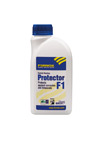
There are now a large amount of chemicals that are designed to be used in central heating systems. Scale or rust inhibitor is probably the most common as it needs to be added to most types of central heating system to prevent corrosion. You can get noise silencer chemicals that can quieten some noisy boilers and also a leak chemical that can be added to the central heating system when it develops a leak. Adding these chemicals as been made easier over recent years with the design of special tubes that can be injected in through the top of the radiator. There are still plenty of products that need pouring in and so we are going to cover this below.
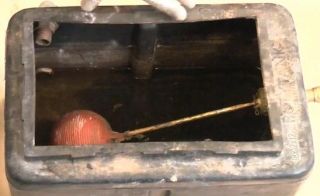
If you have a conventional vented system then you can simply add inhibitor to the feed and expansion tank, this will probably be in the loft. Before adding the inhibitor to the feed and expansion tank you need to drain it so that the inhibitor will be mixed with the water in the tank. To drain the tank either tie up the ball valve or isolate the water feeding it, then drain off the water as in the picture below. This will be much easier with a hosepipe and jubilee clip. Fasten the hosepipe to the drain off valve with the jubilee clip and run the other end of the hosepipe to an outside drain and then open the drain valve using a suitable spanner.
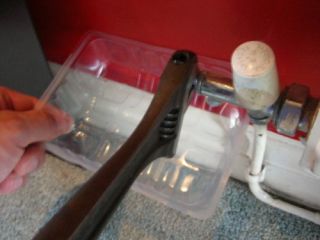
If you have a combi boiler then you need to remove some water from the system. Switch off the boiler and find a radiator downstairs with a drain valve fitted, use a suitable container and hold it below the drain off valve and then open the square on the valve and water will start to flow from the valve. If you are using a small container you can re tighten the square until you have emptied the container.
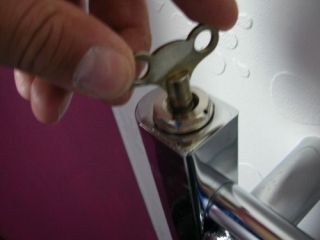
It makes more sense to add the inhibitor to one of the upstairs radiators as these will drain first and so find a radiator, if you have one with the bleed valve and blanking plug on top like this towel warmer then this would be a good one to choose undo the bleed screw and then return to the drain off valve downstairs and remove a little more water, ensure that you remove enough water so that the inhibitor will easily fit.
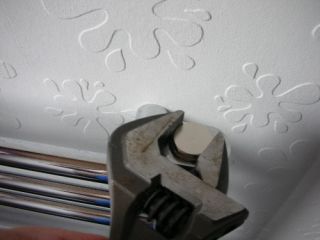
Using a spanner remove either the blanking plug or the whole bleed valve from the radiator. When pouring the chemical into the radiator ensure that the bleed valve is open and the inhibitor will flow in without spurting etc.
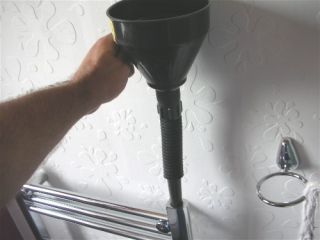
Use a large funnel like this one, this cost a pound from the local pound shop and is very useful.
Pour the contents of the inhibitor into the radiator.

Replace the blank/bleed valve and tighten.
Then re-pressurise the system as described here- combi boiler pressure



